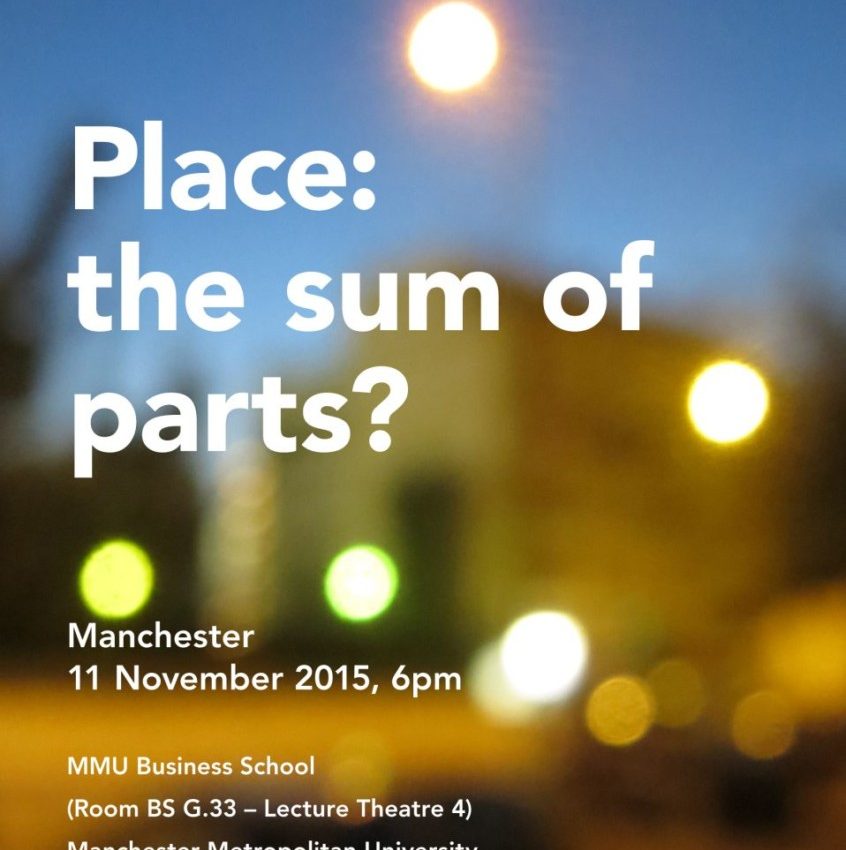Written by:
By John Bishop
When I re-read the flyer for the debate, I realised that the Series title “A Place for Everyone?” is at the core of my research and practice as an artist and architect, that started with my designing nurseries and primary schools back in the late 60s.
In my work over the 40 plus years since then I have watched the built environment we live in in the UK move further and further away from being a place for everyone; places that are ‘common ground’ and meet the creative needs of people of all ages. I stress here that I use the word ‘creative’ in its broadest sense and in its broadest application; places where shared visions, shared improvement and shared ownership collaborate alongside individual aspirations and fulfillment. When I first started work as an architect this is how a lot of us felt the environment of schools should be: creative communities of children, teachers and families that could truly be described as ‘a place for everyone’.
In this debate, The Glass-House is exploring the assets we already have in communities and how this can help to meet the long term challenges of doing more with less.
I am proposing that schools are one of the key assets that can help us meet these challenges. It is my belief that they can become ‘hubs’ in our communities for creative change. But first, the current educational philosophy in this country has to change to one that is for the common ground, the common good and common sense! We have to get away from stressing individual attainment and self-importance and balance this with the practice of compassion and empathy. For this to be effective the design of schools, their grounds and the day-to-day impact they have in their locality has to be that of a ‘place for everyone’.
The ideas I express here are based on years of working as an artist/architect with communities across the North West to explore ‘the sense of place’ of their locality and its potential role as a place for everyone. The ideas generated by such exploration and project work have stimulated people of all ages to visualize how they can become placemakers themselves; to make places that are enriched by their creativity, places which they will work to maintain, places where they feel happy and to which they feel they belong.
The Dutch architect Herman Hertsberger describes the making of such places in these words:
“The thing that turns space into place is the infill given to it by its occupants.”
In my research I have seen how towns and cities benefit from giving their residents the opportunity to fulfill this creative need to be placemakers and in doing so give their environment an enriched ‘identity’. This process of community placemaking should be very visible in the town or city because an awareness and involvement in placemaking gives people a sense of wellbeing and belonging to the places they have helped to create.
A project that illustrates this need for visibility and the ‘public face’ of placemaking is one carried out by PLACES Projects CIC and staff and students from Manchester School of Architecture. It involved primary school children from schools in Manchester and Salford in a Den Building Project in Grosvenor Gardens, a public space in central Manchester that is at the centre of Manchester Metropolitan University.
The social impact of projects like this is that the children involved and the people who watched it taking place become advocates for an approach of “making the most of what we have to ensure that the outcome is more than the sum of the parts”.
John Bishop is an Artist and Architect based in Manchester.
Place: the sum of parts? The Glass-House Manchester Debate takes place on Wednesday 11 November 6-7.30pm.
